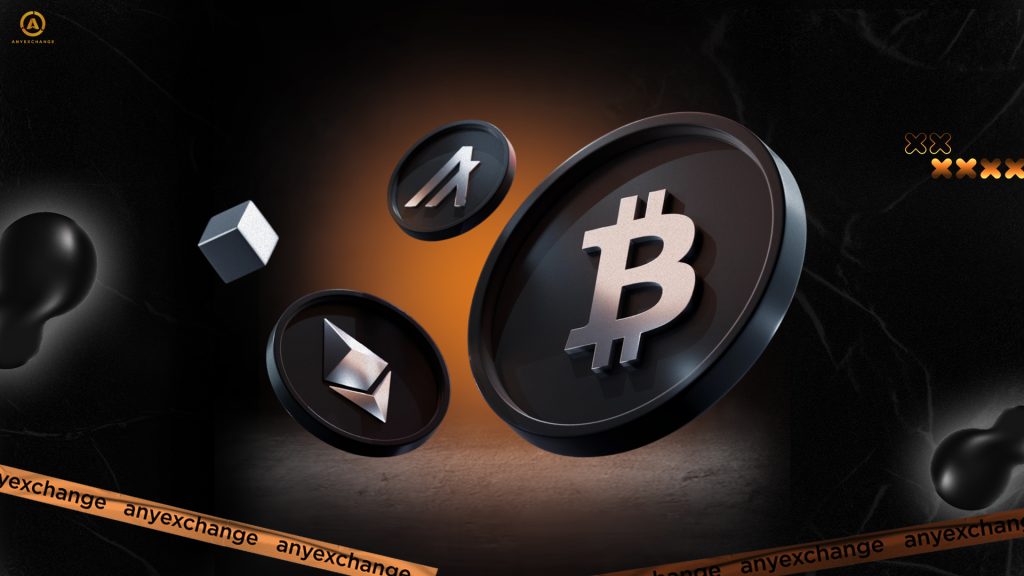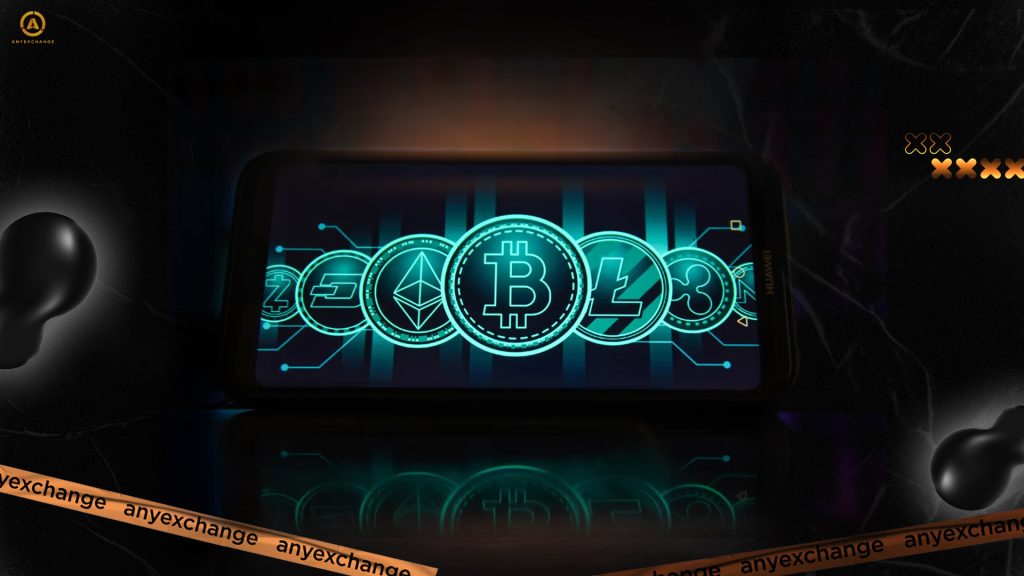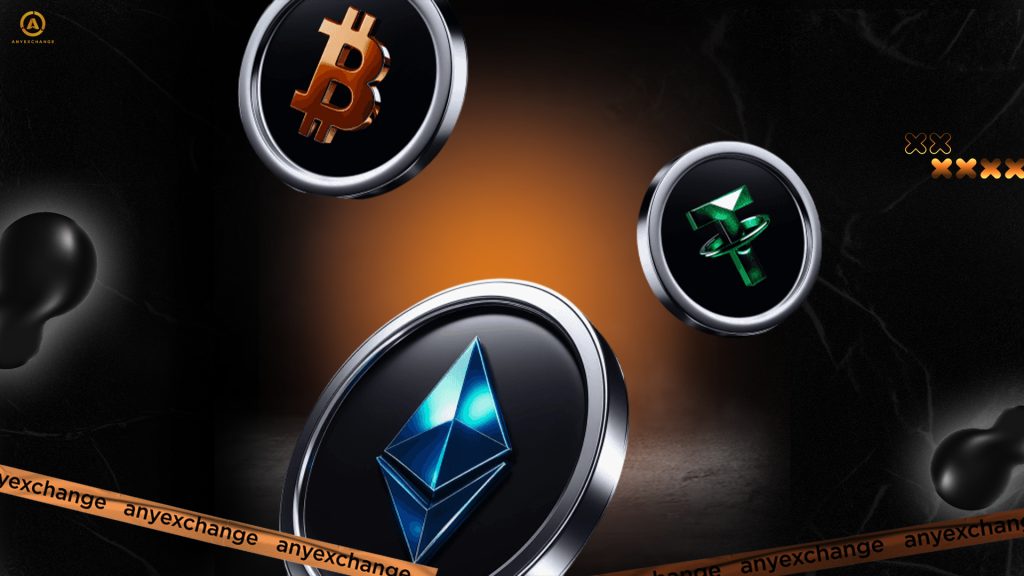
The lack of access to basic financial services for billions of people remains one of the greatest challenges to global development. This situation not only hinders economic growth, but also deepens social inequality in the poorest regions of the world. Financial inclusion remains a major challenge for the global community: according to the World Bank, approximately 1.4 billion adults will remain unbanked by the end of 2024. The problem is especially acute in Africa, Asia and Latin America. Lack of infrastructure, high fees and bureaucratic complexity create a vicious cycle of poverty and social inequality.
Against this backdrop, cryptocurrencies are emerging as a powerful tool for transformation in developing countries. The use of blockchain technologies and digital currencies opens up new opportunities for fast, secure and affordable financial management without banks. The adoption of mobile payments, decentralized finance and cryptocurrency wallets is already changing the reality for millions of people today.
This article aims to show how developing countries are using cryptocurrencies to overcome financial barriers, drive economic development and achieve financial freedom. We will look at the challenges of traditional systems, the new opportunities of virtual assets, and the prospects for further growth of the digital economy in regions where access to effective money management was once only a dream.
What is financial inclusion and why is it important?
Financial inclusion is the process of making financial products and services such as bank accounts, payment systems, loans, deposits and investments widely available to people and businesses. It is a critical element of sustainable economic development because financially included citizens can save and grow money, pay for education, start businesses and protect themselves from financial shocks.
According to the Global Findex Database 2024, approximately 23% of the world’s adults do not have bank accounts. Most of them live in developing countries, where Internet access can also be limited: in sub-Saharan Africa, only 36% of the population can connect to the World Wide Web.
According to analysts, the main barriers to financial inclusion are the lack of bank branches in rural areas, high account maintenance fees, and the lack of necessary identification documents.
Increased financial inclusion contributes to the growth of personal savings, increased investment in small businesses, improved quality of life and poverty reduction.
Problems of traditional financial systems
- Lack of bank branches in remote areas. In hard-to-reach or rural areas, many people must travel hours to reach the nearest branch, if one exists at all.
- Expensive services. Even in cases where banking services are physically accessible, high fees for opening accounts, expensive maintenance and transfers make them a luxury that low-income people cannot afford. For example, according to the World Bank’s 2024 data, the average cost of a $200 cross-border transfer to low-income countries was 6.7%, and in some regions exceeded 8%.
- Discrimination. Women, youth and members of marginalized communities are often denied banking services, credit and other financial products. In South Asia, for example, women are half as likely as men to have their own bank accounts, and in some parts of Africa, banks require a husband’s consent for a woman to open an account or get a loan. Young people are often unable to obtain credit because they do not have a steady income or a formal credit history. In Latin America, indigenous people are often denied services because they do not have documentation that meets government requirements.
How can cryptocurrencies contribute to financial inclusion?

One of the key drivers of financial inclusion in the developing world is the widespread adoption of mobile technology. According to GSMA data, by the end of 2024, approximately 80% of the population in developing countries will have access to mobile devices, paving the way for the use of cryptocurrencies.
Stablecoin payments play their own role in improving financial inclusion. USDC and USDT transactions are increasingly in demand due to their stability and peg to the US dollar. In countries with volatile national currencies, stablecoins are becoming a reliable tool for everyday payments, savings, and especially cross-border transfers. For example, by 2024, officially recorded remittances to low- and middle-income countries will reach a record $685 billion, surpassing foreign direct investment and official development assistance. At the same time, the average global remittance fee is 6.4%, well above the UN target of 3%. In this context, stablecoins become a more than attractive alternative, with international remittance fees ranging from 0.5% to 3%.
Decentralized Finance (DeFi), on the other hand, provides access to credit and investment without the need to interact with traditional intermediaries. Farmers, small traders, and artisans can receive small loans directly from investors around the world, bypassing costly banks. Platforms like Aave and Compound allow users to deposit assets, earn interest and receive crypto microfinance through smart contracts. Such opportunities are especially important for residents of countries with inaccessible or discriminatory banking systems, who are traditionally cut off from formal financial markets.
Examples of cryptocurrency use in the developing world
Africa
- In Nigeria, the continent’s largest crypto market, using Binance and local cryptocurrency exchanges for transfers and savings has gone from innovation to common practice. With the volatile naira currency, cryptocurrencies provide an alternative for storing funds and making payments.
- In Kenya, the combination of traditional mobile payments through M-Pesa and the integration of cryptocurrency wallets has opened up opportunities for people previously limited to mobile banking. The apps allow people to quickly convert local currency into stablecoins and send money abroad. In addition, the Celo project, through a partnership with Kotani Pay, has provided thousands of Kenyan citizens with microfinance in stablecoins, which can be used to start small businesses, such as buying agricultural goods or trading equipment.
- In South Africa, the Luno exchange provides access to stablecoin trading, allowing users to protect their savings from rand inflation.
Asia
- In the Philippines, the Coins.ph platform has become a lifeline for migrants sending money to families back home by combining cryptocurrencies with payment systems. Here, crypto transfers are now actively competing with traditional money transfer services.
- In India, Polygon’s development in partnership with local fintech companies has brought decentralized finance and low-cost transactions to citizens.
Latin America
- In Venezuela, during a period of hyperinflation, bitcoin and dash have become essential tools to protect personal savings and enable everyday payments.
- In Argentina, demand for stablecoins surged between 2024 and 2025, with USDC and USDT becoming a popular way to save and protect funds against the depreciation of the peso.
Technologies and projects for integration

The development of specialized blockchain platforms plays a crucial role in promoting financial inclusion.
- For example, the Stellar protocol focuses on cross-border payments with minimal fees and is actively working with banks and payment companies around the world.
- Celo, focused on mobile devices, enables the creation of cryptocurrency wallets by phone number, making it much easier for people without access to banking services to use crypto assets.
- With its high bandwidth and low-cost transactions, Solana has become a leading platform for launching new fintech projects in developing countries.
- Among the wallets available in developing regions, Trust Wallet and MetaMask hold the palm, offering a simple and secure way to store and use digital currencies.
- Social impact-oriented projects also play an important role in improving financial inclusion. BanQu uses blockchain technology to record the financial transactions of farmers and members of vulnerable groups, helping them build credit histories and increase access to finance.
Challenges and risks of cryptocurrencies in the developing world
- Low financial literacy. Many users have a poor understanding of how cryptocurrency wallets work, resulting in the loss of private keys and funds. Due to the lack of awareness, residents often fall victim to fraud. This is especially true in rural areas where access to verified information is limited.
- Regulatory barriers. For example, India has long had a ban on cryptocurrency trading, which has hindered the development of the digital economy. Although a more lenient regulatory approach was adopted in 2024, legal uncertainty remains.
- Lack of internet coverage. Problems with internet connectivity in several countries in Africa and Asia exacerbate the situation. Without stable connectivity, the use of mobile payments and decentralized finance remains difficult.
The future of cryptocurrencies and financial inclusion

The prospects for financial inclusion through cryptocurrencies in the developing world look promising. Chainalysis predicts that the number of crypto users in emerging markets could exceed 1 billion by 2030.
Improving financial literacy will be a key focus. Initiatives such as Binance Academy, Celo Camp and World Bank education projects are already teaching millions of users the basics of blockchain technology.
For small businesses, the emergence of tokenized assets, crypto investments and access to global markets through decentralized finance will open new avenues for growth. Particularly promising is the use of smart contracts to simplify transactions and optimize operating costs.
Blockchain technology has the potential to significantly narrow the gap between developed and developing countries, providing transparency, reliability and democratization of access to finance.
Conclusion
Cryptocurrencies in developing countries are becoming a real tool for increasing financial inclusion. They have made it possible for millions of people to manage their money independently of having a bank account.
To fully realize this potential, it is necessary to support educational initiatives, develop infrastructure and create a favorable regulatory environment for inclusive crypto projects. This is the only way to ensure sustainable economic development on a global scale.
Thank you for your attention. Invest safely and profitably!
AnyExchange is an exchanger through which you can convert popular cryptocurrencies at the most favorable rate. Our platform offers fast money transfers worldwide with minimal commissions.
FAQ
How do cryptocurrencies help without a bank account?
Cryptocurrencies allow direct access to finances through mobile apps without having to go to the bank.
What stablecoins are popular in developing countries?
USDC and USDT are the most widely used for stable payments and to protect savings from volatility.
Is it safe to use cryptocurrency wallets?
With proper storage of private keys and adherence to security measures, the use of cryptocurrency wallets is considered quite safe.
Why is blockchain important for cross-border transfers?
Blockchain technology enables instant cross-border transfers with minimal fees, without the involvement of intermediaries.
How do I start using cryptocurrencies in Africa/Asia?
Just download a reliable cryptocurrency wallet (such as Trust Wallet or MetaMask), purchase cryptocurrency on a local cryptocurrency exchange and start using it for mobile payments, transfers or investments.






